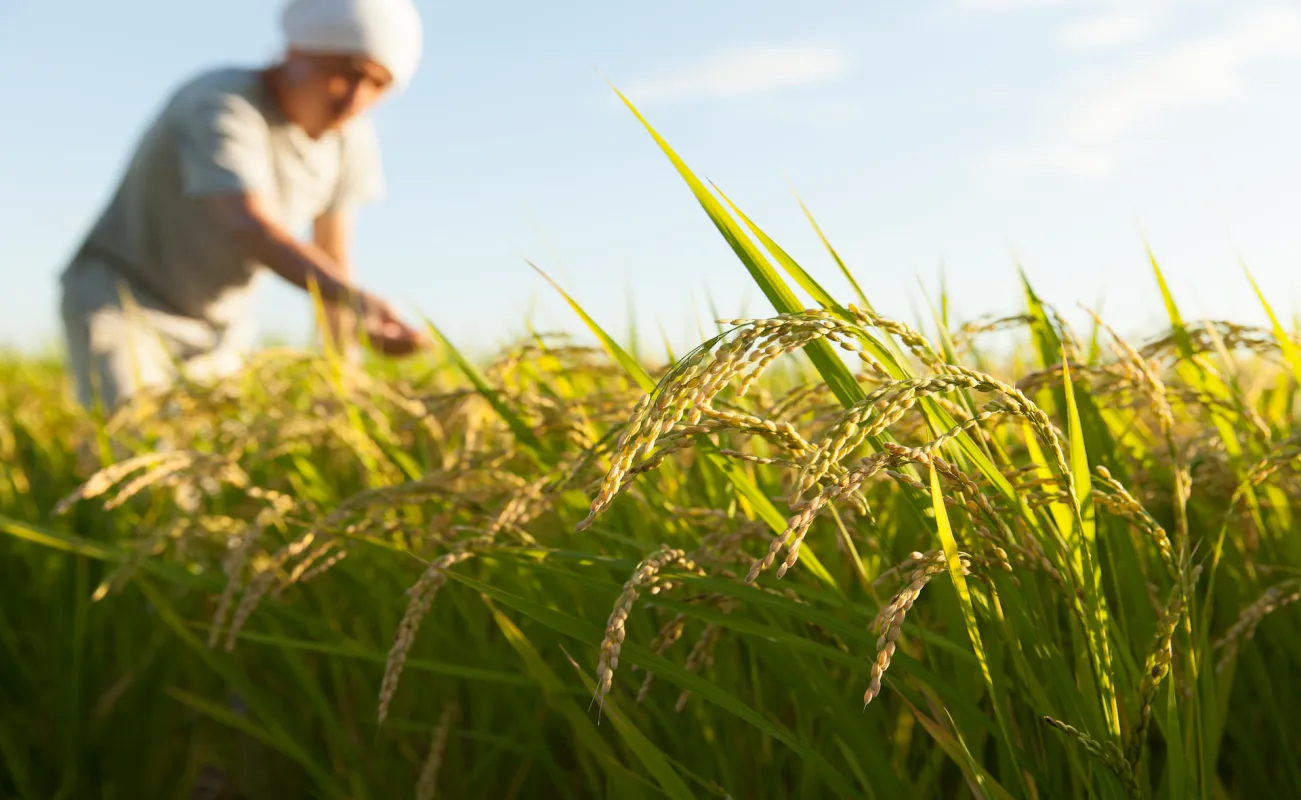Tags
Understanding Rice Varieties for Better Yields and Stress Resistance

Image Source: Natural Science News, 2024
Key Findings
- Researchers at Little Priest Tribal College studied 240 rice cultivars for genes related to yield and stress resistance
- 192 cultivars have the Gn1a gene for high grain yield, and 168 have the qSCT-11 gene for cold tolerance
- None of the cultivars possess the WFP gene, which is linked to increased panicle weight and yield
The development of stress-resistant crops without compromising their yield and nutritional quality is a significant challenge in plant biology. Plant breeders have made substantial efforts to develop cultivars with high yield and tolerance to various stresses. A recent study conducted by Little Priest Tribal College aimed to evaluate pre-breeding resources for favorable genes conferring good yield and resistance to biotic and abiotic stresses for rice varietal improvement[1]. In this study, researchers selected 240 diverse rice cultivars from the Germplasm Resource Information Network (GRIN) collection, representing top countries with which the United States imports and exports rice. These cultivars were characterized using molecular markers for various desirable traits. Among the cultivars, 16 were used as checks. The traits evaluated included grain number (Gn1a), panicle weight (WFP), cold stress tolerance (qSCT-11 and qCTS-12), anaerobic germination (AG1 and AG2), rice blast disease resistance (PiB, Pi-ta, Ptr, and Piz), wide compatibility (S5-n), and restoring ability (Rf4). The findings revealed that out of the 240 accessions, 192 have the Gn1a gene, 168 possess the qSCT-11 cold tolerance gene, 139 carry the Rf4 gene, 152 have the qCTS12 cold tolerance gene, 87 have blast resistance genes, and 44 possess the WC gene. Notably, none of the 240 accessions possess the WFP gene. These selections with favorable genes can be used by breeders as potential donor parents for varietal improvement programs to produce new and promising cultivars with desired specific traits that may contribute towards alleviating global issues related to food security. The study builds on earlier research efforts in the field. For example, the identification of the qCTS12 gene, which contributes significantly to cold tolerance, aligns with previous findings. Earlier research involving the temperate japonica rice cultivar M202 identified qCTS12 as a major quantitative trait locus (QTL) located on the short arm of chromosome 12, contributing over 40% of the phenotypic variance for cold tolerance[2]. This locus was fine-mapped to a region containing several candidate genes, including OsGSTZ1 and OsGSTZ2, which are likely responsible for the observed cold tolerance[2]. The current study’s identification of 152 accessions carrying the qCTS12 gene further validates its importance in breeding cold-tolerant rice varieties. Additionally, the study’s findings on cold stress tolerance at the seedling stage are consistent with previous research that identified significant QTLs for cold tolerance on chromosomes 6, 8, 11, and 12[3]. The QTLs qCTSL-12-1 and qCTSS-12-1 on chromosome 12 were particularly noted for their contribution to cold tolerance, and their validation in different genetic backgrounds highlighted their stability and effectiveness[3]. The current study’s identification of accessions with qSCT-11 and qCTS-12 genes underscores the relevance of these QTLs in developing cold-tolerant rice varieties. The study also explored genes related to other desirable traits, such as grain number, anaerobic germination, and disease resistance. The presence of the Gn1a gene in 192 accessions suggests a strong potential for high grain yield, which is crucial for meeting global food demands. Furthermore, the identification of accessions with rice blast disease resistance genes (PiB, Pi-ta, Ptr, and Piz) is significant, as rice blast is a major threat to rice production worldwide. The absence of the WFP gene in all 240 accessions indicates a gap in the current germplasm that could be addressed in future breeding programs. The WFP gene is associated with increased panicle weight, which directly impacts yield. Identifying and incorporating this gene into breeding programs could further enhance rice yield potential. In conclusion, the study by Little Priest Tribal College provides valuable insights into the genetic resources available for rice varietal improvement. By characterizing diverse rice cultivars for desirable traits, the study offers a foundation for developing new cultivars with enhanced yield, stress resistance, and disease resistance. These efforts are crucial for addressing global food security challenges and ensuring sustainable rice production in the face of changing environmental conditions. The integration of findings from earlier studies, such as the identification of important QTLs for cold tolerance and disease resistance, reinforces the significance of these genetic resources in modern rice breeding programs.
https://naturalsciencenews.com/article/2420Published Date: May 21, 2024






